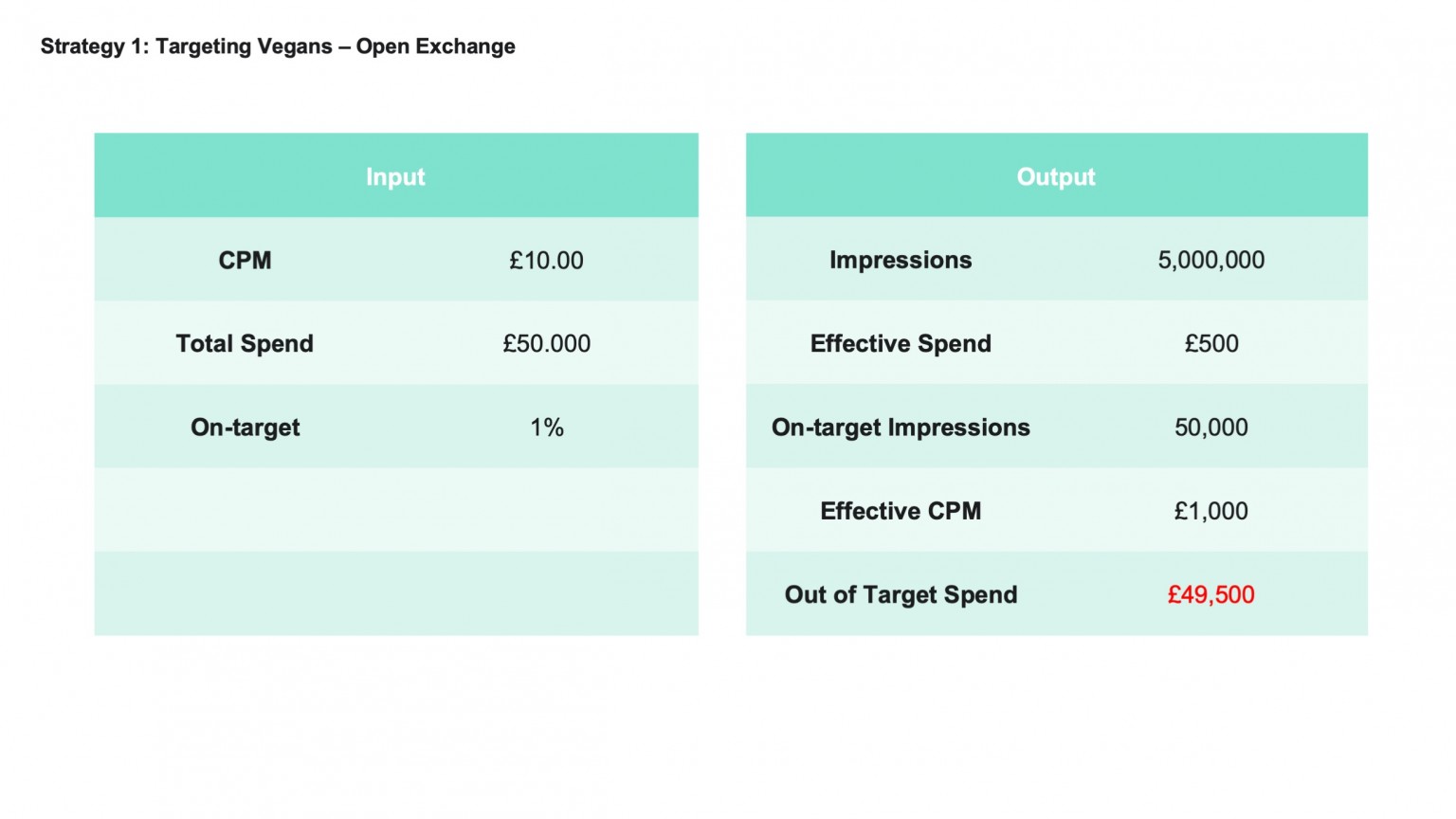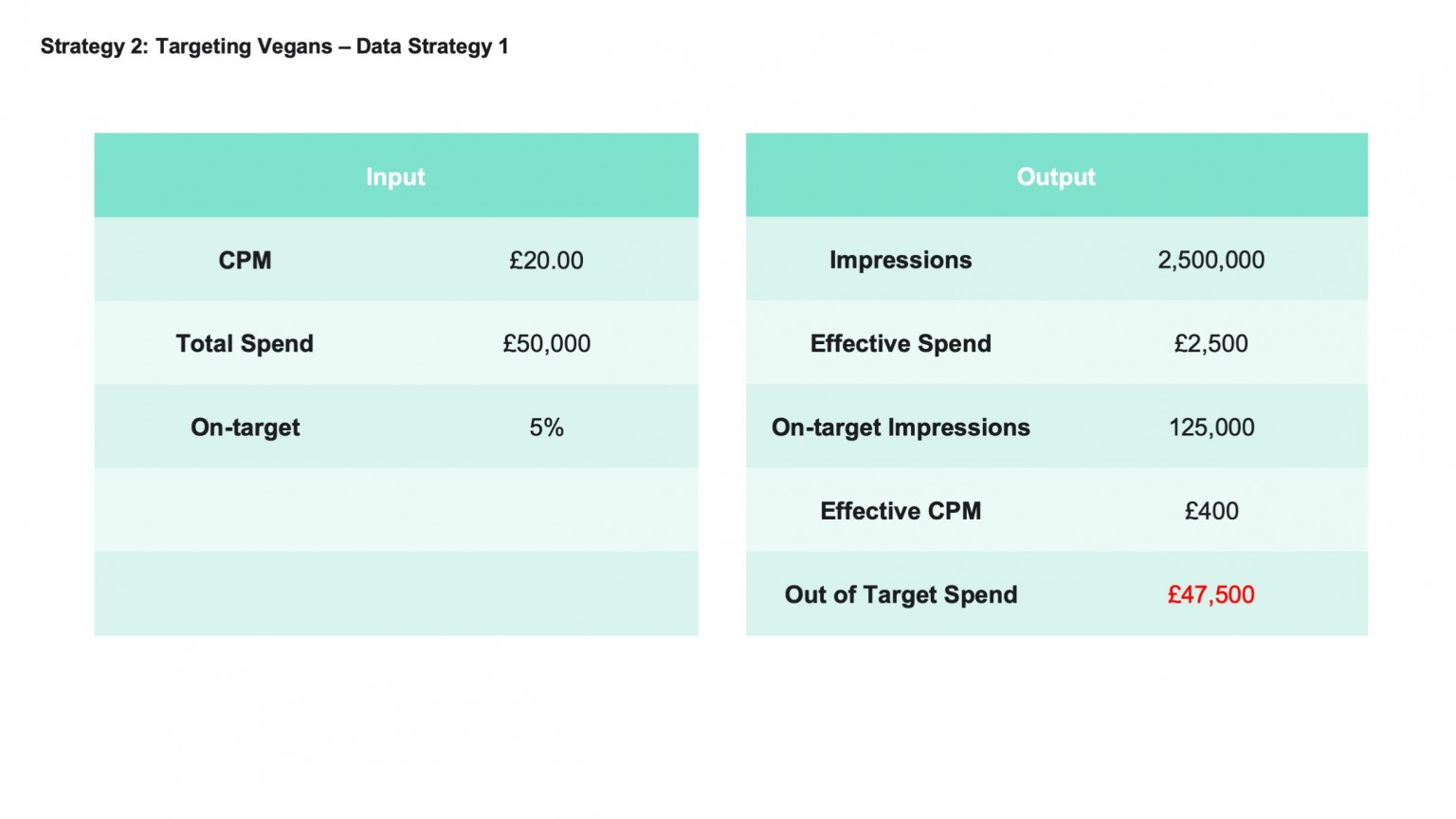Joe Hayes, Sales Director at AudienceProject, on why measuring on-target reach makes sense
Measuring your campaigns’ on-target reach is essential in understanding which media, channels and data partners are most effective at reaching your target audience. In this post, I will try to outline why perfect on-target reach isn’t possible and, more importantly, how measuring on-target reach is the medicine needed for advertisers, agencies and publishers to begin seeing the true value of the data in reaching a target audience online.
Being “on-target” is another way of saying being more efficient. No matter if an ad is served on a mobile, desktop, tablet or, as my parents call it, “the telly connected to the WiFi”, data is a key component in enabling advertisers to be more efficient with their online ad spend.
We use data because it’s accurate. This means that whenever an ad is served online, it reaches the correct target audience because the combination of quality data and advanced technology ensures online ads are served to the right person, in the right place, at the right time.
Things are good. Our climate is in rude health, peaceful political compromise is the norm, and even the most ardent pessimists find reasons to be cheerful.
Ok, so it’s worth putting my cards on the table: yes, data and technology help drive more efficient on-target reach, but “perfect reach” is impossible.
On-target reach: A whole new world
On-target reach is the number of people in your target audience reached by a campaign, and this metric is traditionally expressed as a percentage. You can calculate your on-target reach by dividing the on-target demographic reach by the on-target demographic population. Imagine that you are running a campaign targeting Londoners, and your ads reach a total of 4 million people out of an estimated 8 million people who live in London. In this case, your on-target reach would be 50%, as 50% of the ads delivered by your campaign reached the desired target group.
For some reason, 50% always seems to be the benchmark agencies work with when measuring audiences. It almost feels like a legacy benchmark that no one can explain why, but it’s actually incredibly unhelpful. Here’s why:
Suppose you’re running an online campaign targeting 'males' using first/second/third-party data and utilising technology to increase the probability of reaching males. In that case, indexing at 50% is no better than “spraying and praying”. This is simply because 50% of the online population are male. So 50% is just what you could call (and at AudienceProject, we do call) the “online incidence rate".
Now, the interesting thing about online incidence rates is that they change and change with every variation of audience. To my surprise (I used to live and work in London until March 2020), the total population of vegans in the UK is only 660,000 people, translating to 1.16% of the total population.
So, if you’re using data as part of an online campaign targeting 'vegans' and your on-target reach is 50%, you have good reason to celebrate because you’re 50x more efficient with your clients’ investment than what they could get on say, the open exchange.
It shouldn’t come as a surprise that it’s easier to reach 'males' than 'vegans' online simply because there are more of them. An analogy I often use is that if you have a needle in a haystack and keep on adding haystacks, you need to pay more to find it!
This concept is well understood in the Nordics but a lesser-known fact in the UK market (although some CMOs will tell you they have long-held suspicion that the accuracy of the data targeting they’re investing in cannot possibly be 100% accurate).
Why measuring on-target reach is the right medicine
“Why would I pay for data or suggest a more expensive CPM when I know I can just get it for free elsewhere?” This is a justifiable objection if all data is created equally and 100% accurate. However, we know this isn’t the case.
By measuring on-target reach with an independent third-party, you can visualise which partner or strategy is delivering better on-target reach in real-time (see example below).


Now, this is just an example, but if you’re paying double on the CPM for the second strategy, but the delivery against vegans is 5x better, this is the most efficient buy.
The key learning is that some data/media strategies are better at reaching your target audience than others, and a quality spectrum exists when it comes to data.
When you measure your media, you find out how effective and efficient your strategies are, and once you do this, you can then move on to optimising and ultimately reducing media spend.
Posted on: Thursday 6 May 2021